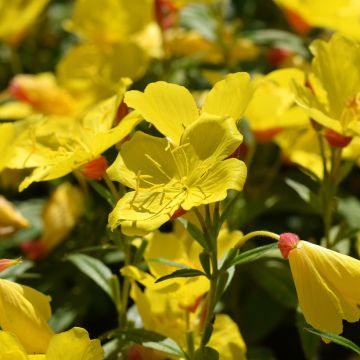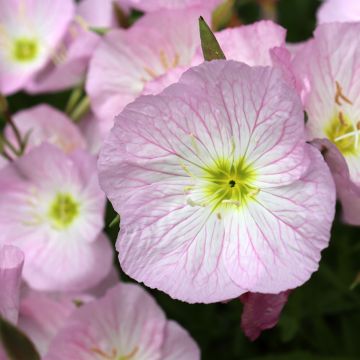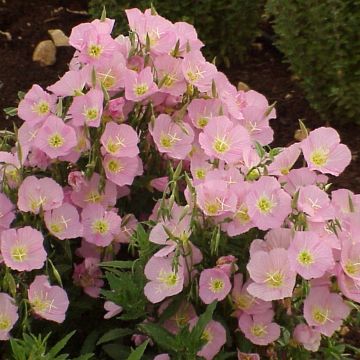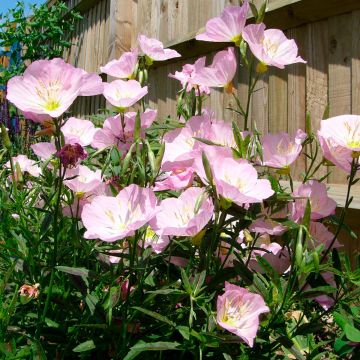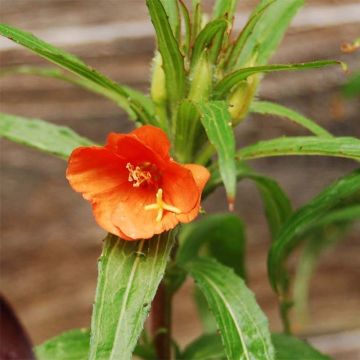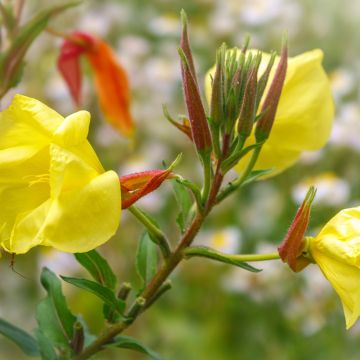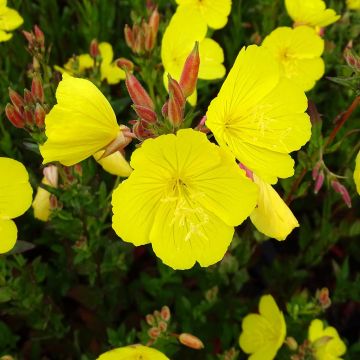

Oenothera tetragona - Evening Primrose
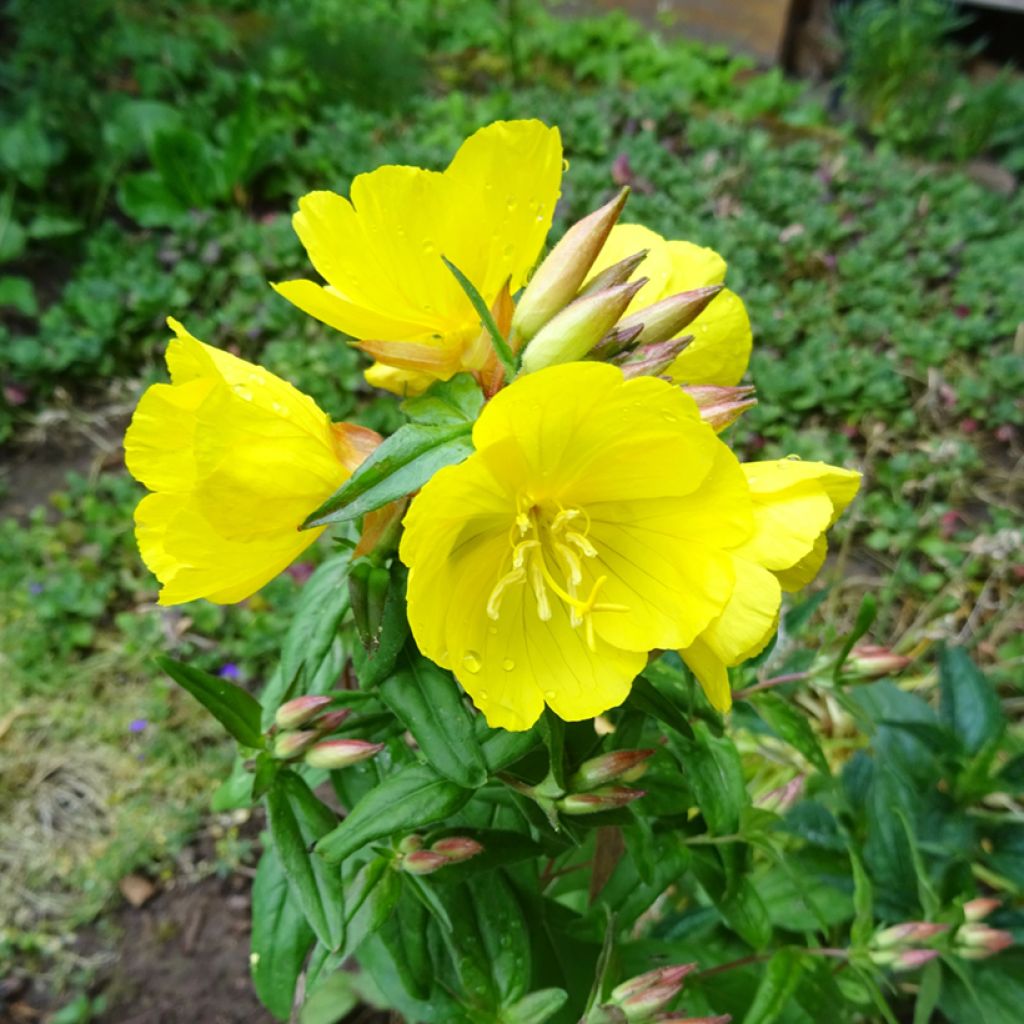

Oenothera tetragona - Evening Primrose
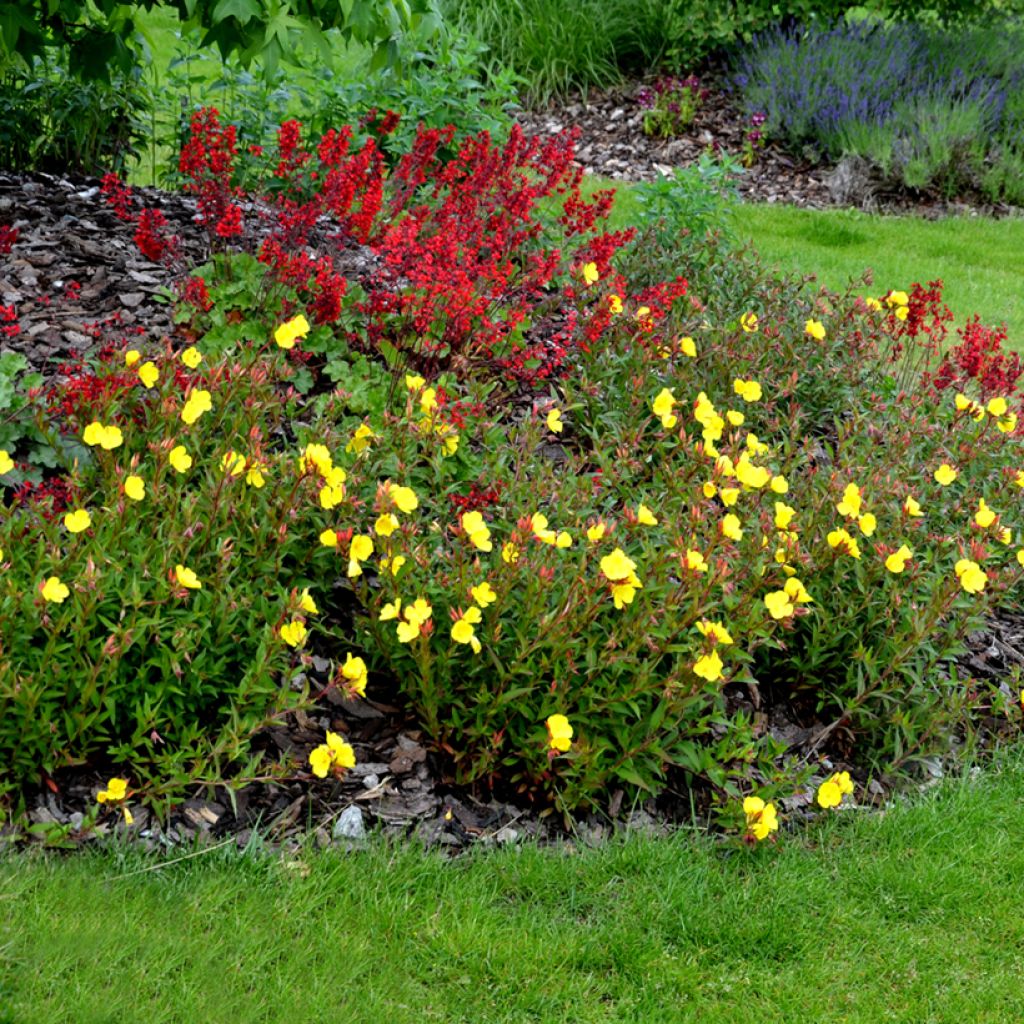

Oenothera tetragona - Evening Primrose
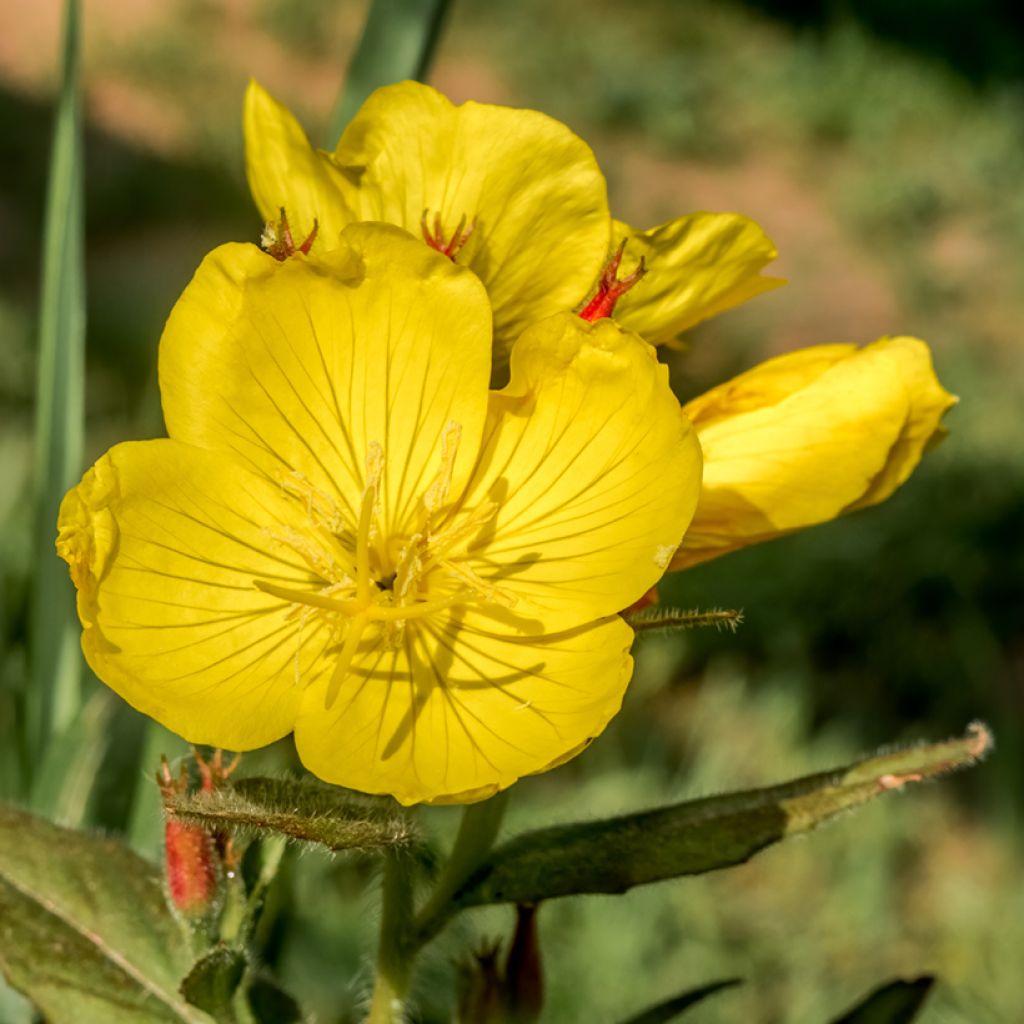

Oenothera tetragona - Evening Primrose


Oenothera tetragona - Evening Primrose
Oenothera tetragona - Evening Primrose
Oenothera tetragona
Northern Evening Primrose, Square-stemmed Evening Primrose
What a bright yellow! I would have preferred taller young plants of Oenothera hookeri, but as I couldn't find any, I opted for these ones and they light up the border.
Sonia , 23/06/2022
Special offer!
Receive a €20 voucher for any order over €90 (excluding delivery costs, credit notes, and plastic-free options)!
1- Add your favorite plants to your cart.
2- Once you have reached €90, confirm your order (you can even choose the delivery date!).
3- As soon as your order is shipped, you will receive an email containing your voucher code, valid for 3 months (90 days).
Your voucher is unique and can only be used once, for any order with a minimum value of €20, excluding delivery costs.
Can be combined with other current offers, non-divisible and non-refundable.
Home or relay delivery (depending on size and destination)
Schedule delivery date,
and select date in basket
This plant carries a 12 months recovery warranty
More information
We guarantee the quality of our plants for a full growing cycle, and will replace at our expense any plant that fails to recover under normal climatic and planting conditions.
Would this plant suit my garden?
Set up your Plantfit profile →
Description
Oenothera tetragona or Square-stemmed Evening Primrose is a vibrant perennial that produces numerous ephemeral flowers in a bright yellow colour during the summer. Widely used in European gardens, it is an essential plant for flower gardens. It is ideal for borders or as a standalone plant.
Originally from eastern North America, it was imported as a medicinal plant through the Evening Primrose (Oenothera biennis).
The Square-stemmed Evening Primrose is a charming perennial with a spreading habit, composed of upright stems reaching 30 to 40cm (12 to 16in) in height and 40cm (16in) in width. Its reddish-green stems bear bluish-green leaves in spring, lanceolate in shape with dentate margins. At the base of the stem, the leaves are arranged in a rosette and spiral alternately along the stem, almost pedunculate at the top. At the top of the stems, clusters of 70cm (28in) in height, composed of large ephemeral flowers, appear during the months of July to August. Its loose flowers display reddish buds that open up, for a day, into bright yellow flowers carried by reddish sepals. Although its flowers bloom at dawn and wither at dusk, its generous flowering can be admired for two months. After flowering, capsules containing numerous seeds will mature, so harvest them to prevent the plant from spreading throughout the garden.
Easy to grow, it thrives in ordinary, poor, well-drained, and slightly moist soil. It loves sunny exposures and pairs perfectly in grass gardens with Miscanthus, Stipa, as well as perennials like Asphodines or Gauras.
Report an error about the product description
Oenothera tetragona - Evening Primrose in pictures




Flowering
Foliage
Plant habit
Botanical data
Oenothera
tetragona
Onagraceae
Northern Evening Primrose, Square-stemmed Evening Primrose
North America
Other Oenothera - Evening Primrose
View all →Planting and care
This plant is very easy to grow in a rather moist, even humid, and well-drained and porous soil. Heavy and compact clay soils may not be suitable as they are, unless a lot of gravel is added to improve the structure by mixing it with the soil to a depth of about 40cm (16in). If you take care to cut the flower stalks after flowering, the plant will produce new rosette foliage close to the ground, covering the soil well until the frosts.
Planting period
Intended location
Care
-
, onOrder confirmed
Reply from on Promesse de fleurs
Haven't found what you were looking for?
Hardiness is the lowest winter temperature a plant can endure without suffering serious damage or even dying. However, hardiness is affected by location (a sheltered area, such as a patio), protection (winter cover) and soil type (hardiness is improved by well-drained soil).

Photo Sharing Terms & Conditions
In order to encourage gardeners to interact and share their experiences, Promesse de fleurs offers various media enabling content to be uploaded onto its Site - in particular via the ‘Photo sharing’ module.
The User agrees to refrain from:
- Posting any content that is illegal, prejudicial, insulting, racist, inciteful to hatred, revisionist, contrary to public decency, that infringes on privacy or on the privacy rights of third parties, in particular the publicity rights of persons and goods, intellectual property rights, or the right to privacy.
- Submitting content on behalf of a third party;
- Impersonate the identity of a third party and/or publish any personal information about a third party;
In general, the User undertakes to refrain from any unethical behaviour.
All Content (in particular text, comments, files, images, photos, videos, creative works, etc.), which may be subject to property or intellectual property rights, image or other private rights, shall remain the property of the User, subject to the limited rights granted by the terms of the licence granted by Promesse de fleurs as stated below. Users are at liberty to publish or not to publish such Content on the Site, notably via the ‘Photo Sharing’ facility, and accept that this Content shall be made public and freely accessible, notably on the Internet.
Users further acknowledge, undertake to have ,and guarantee that they hold all necessary rights and permissions to publish such material on the Site, in particular with regard to the legislation in force pertaining to any privacy, property, intellectual property, image, or contractual rights, or rights of any other nature. By publishing such Content on the Site, Users acknowledge accepting full liability as publishers of the Content within the meaning of the law, and grant Promesse de fleurs, free of charge, an inclusive, worldwide licence for the said Content for the entire duration of its publication, including all reproduction, representation, up/downloading, displaying, performing, transmission, and storage rights.
Users also grant permission for their name to be linked to the Content and accept that this link may not always be made available.
By engaging in posting material, Users consent to their Content becoming automatically accessible on the Internet, in particular on other sites and/or blogs and/or web pages of the Promesse de fleurs site, including in particular social pages and the Promesse de fleurs catalogue.
Users may secure the removal of entrusted content free of charge by issuing a simple request via our contact form.
The flowering period indicated on our website applies to countries and regions located in USDA zone 8 (France, the United Kingdom, Ireland, the Netherlands, etc.)
It will vary according to where you live:
- In zones 9 to 10 (Italy, Spain, Greece, etc.), flowering will occur about 2 to 4 weeks earlier.
- In zones 6 to 7 (Germany, Poland, Slovenia, and lower mountainous regions), flowering will be delayed by 2 to 3 weeks.
- In zone 5 (Central Europe, Scandinavia), blooming will be delayed by 3 to 5 weeks.
In temperate climates, pruning of spring-flowering shrubs (forsythia, spireas, etc.) should be done just after flowering.
Pruning of summer-flowering shrubs (Indian Lilac, Perovskia, etc.) can be done in winter or spring.
In cold regions as well as with frost-sensitive plants, avoid pruning too early when severe frosts may still occur.
The planting period indicated on our website applies to countries and regions located in USDA zone 8 (France, United Kingdom, Ireland, Netherlands).
It will vary according to where you live:
- In Mediterranean zones (Marseille, Madrid, Milan, etc.), autumn and winter are the best planting periods.
- In continental zones (Strasbourg, Munich, Vienna, etc.), delay planting by 2 to 3 weeks in spring and bring it forward by 2 to 4 weeks in autumn.
- In mountainous regions (the Alps, Pyrenees, Carpathians, etc.), it is best to plant in late spring (May-June) or late summer (August-September).
The harvesting period indicated on our website applies to countries and regions in USDA zone 8 (France, England, Ireland, the Netherlands).
In colder areas (Scandinavia, Poland, Austria...) fruit and vegetable harvests are likely to be delayed by 3-4 weeks.
In warmer areas (Italy, Spain, Greece, etc.), harvesting will probably take place earlier, depending on weather conditions.
The sowing periods indicated on our website apply to countries and regions within USDA Zone 8 (France, UK, Ireland, Netherlands).
In colder areas (Scandinavia, Poland, Austria...), delay any outdoor sowing by 3-4 weeks, or sow under glass.
In warmer climes (Italy, Spain, Greece, etc.), bring outdoor sowing forward by a few weeks.






























